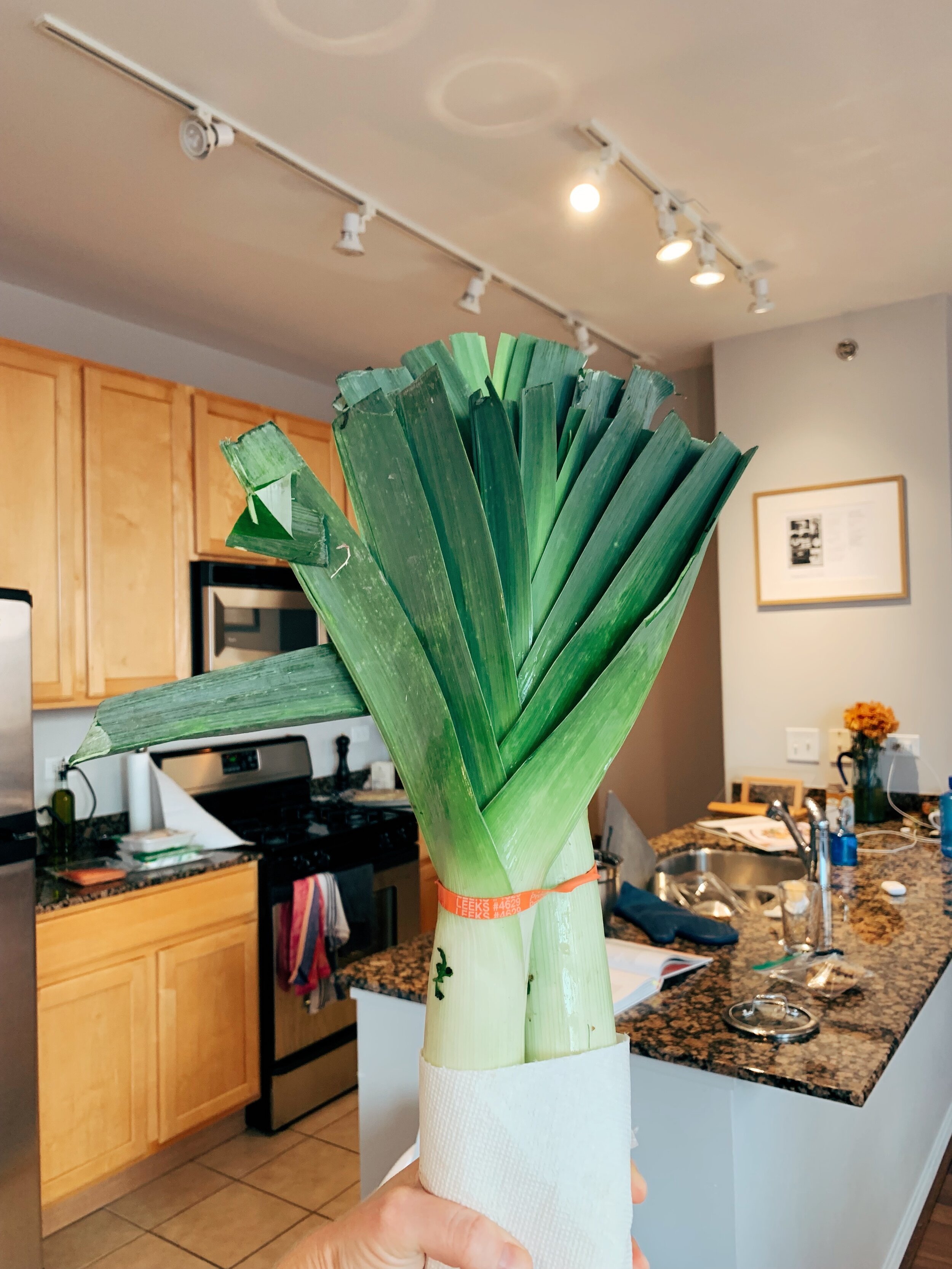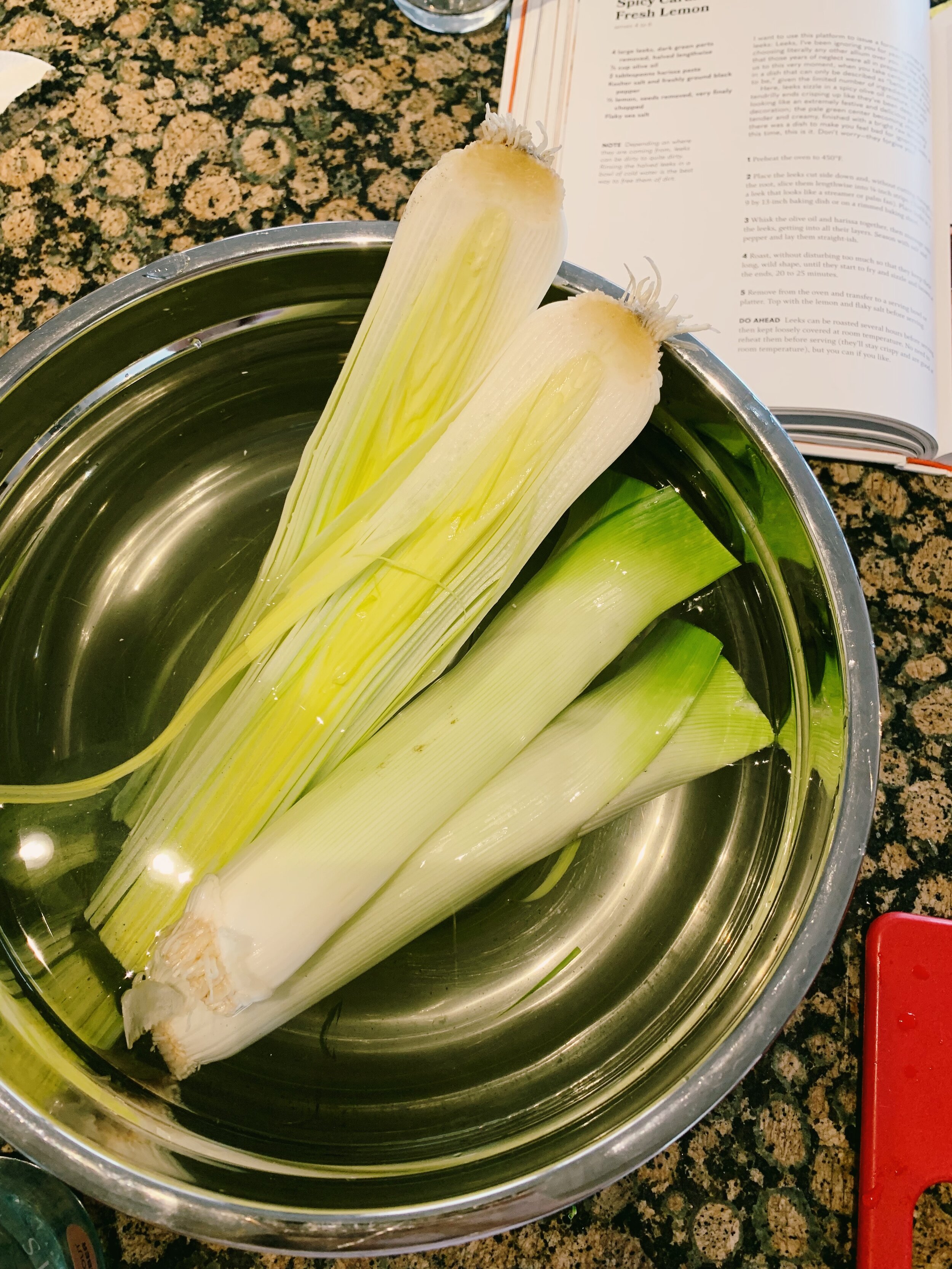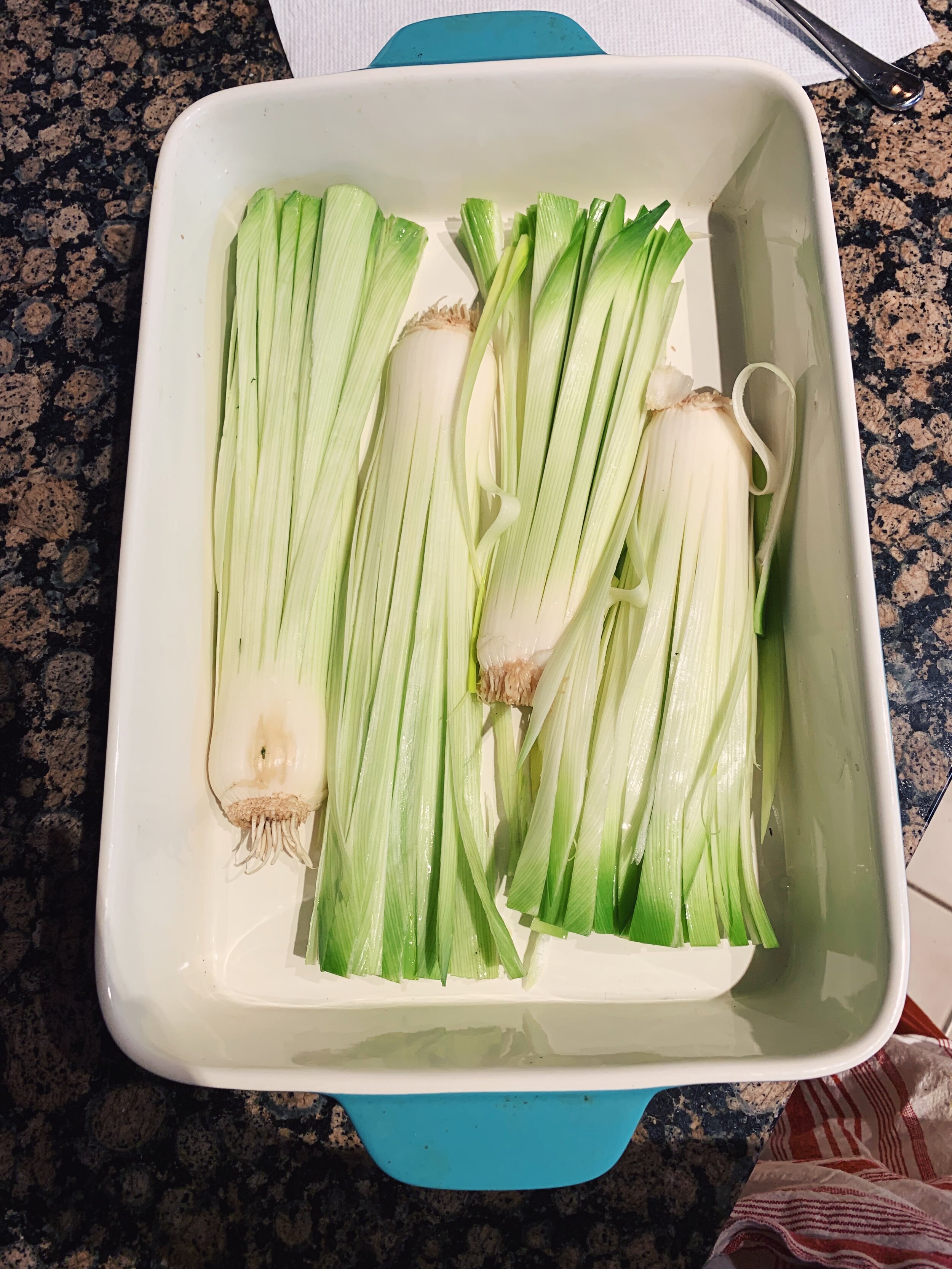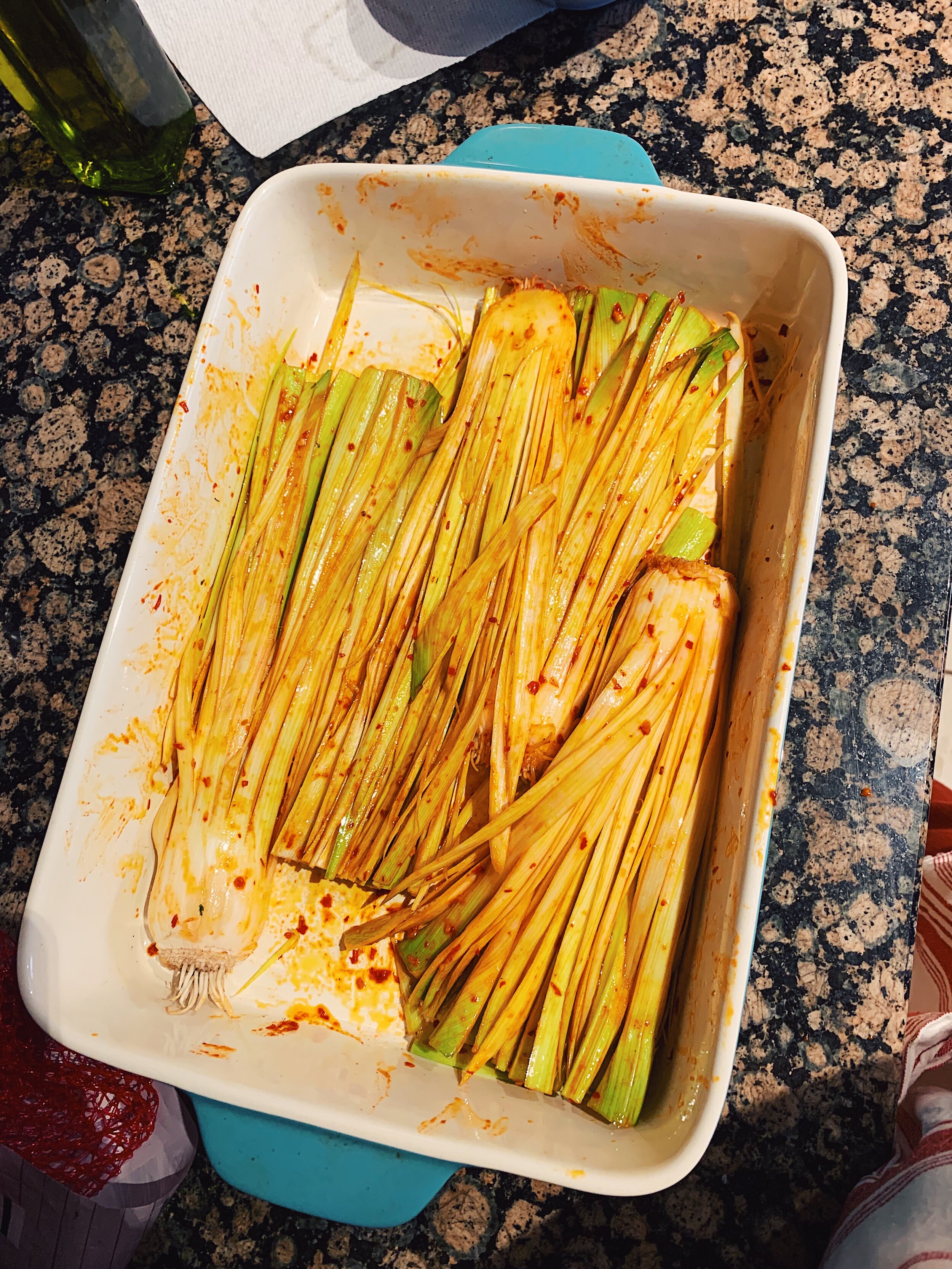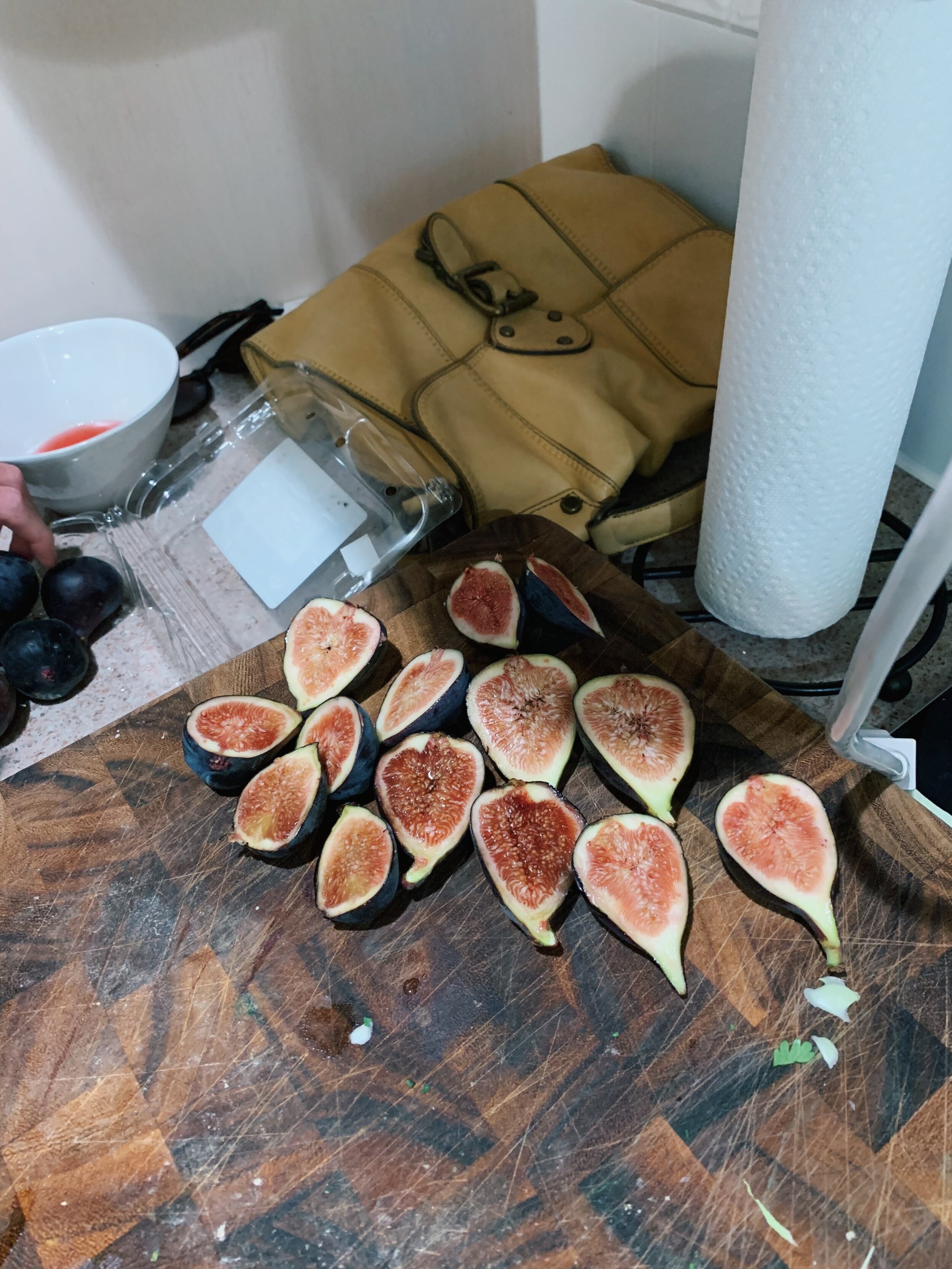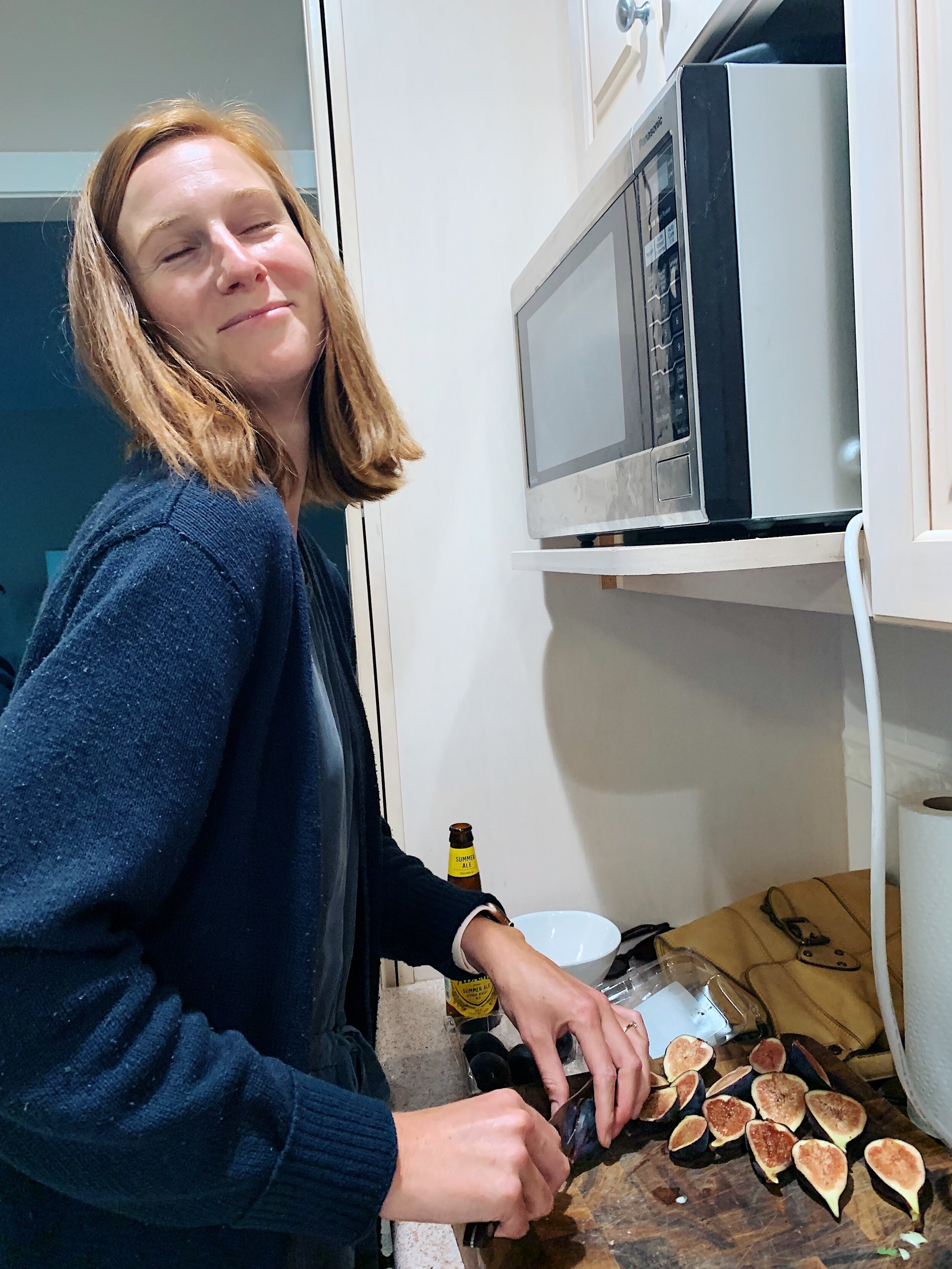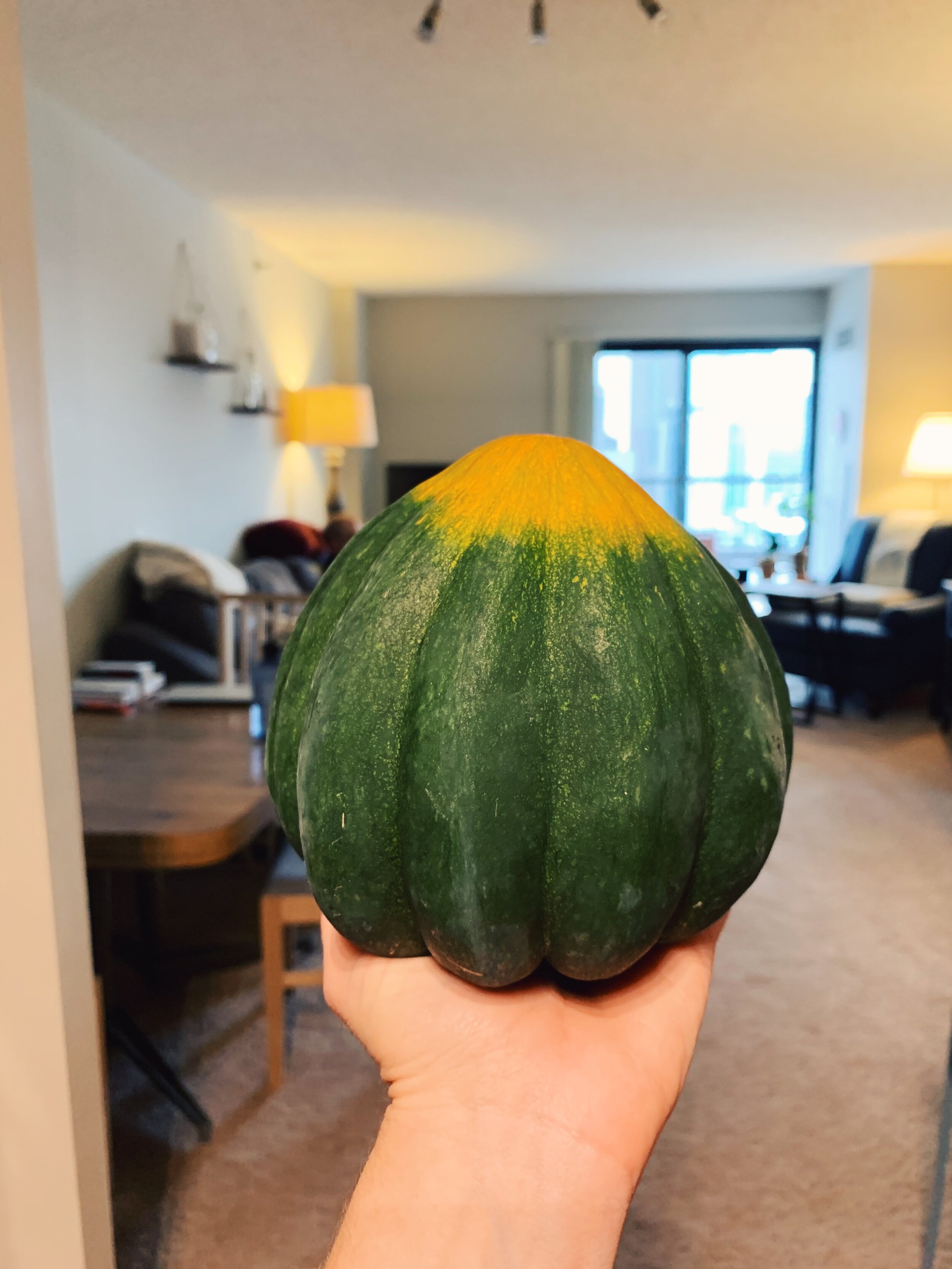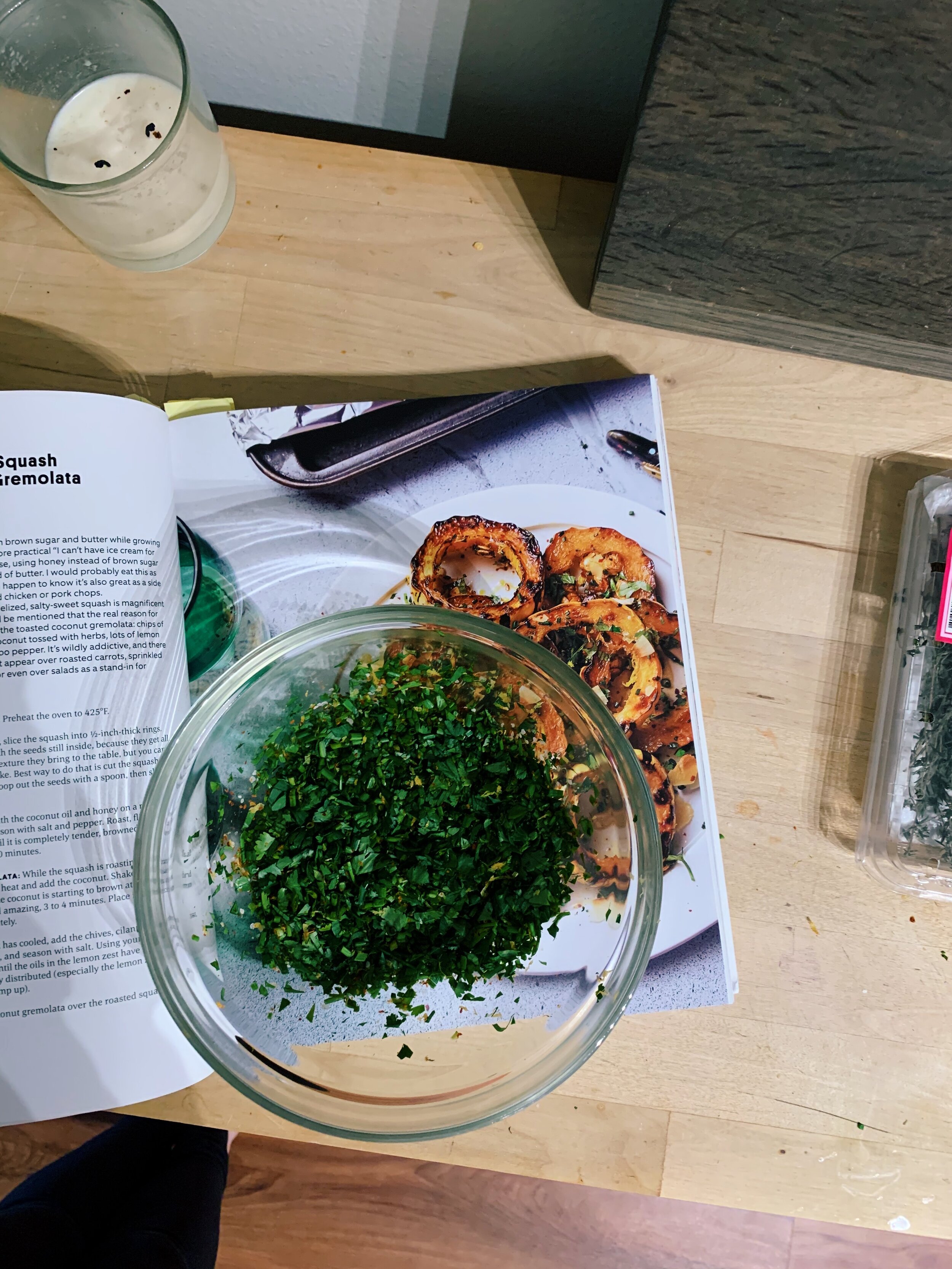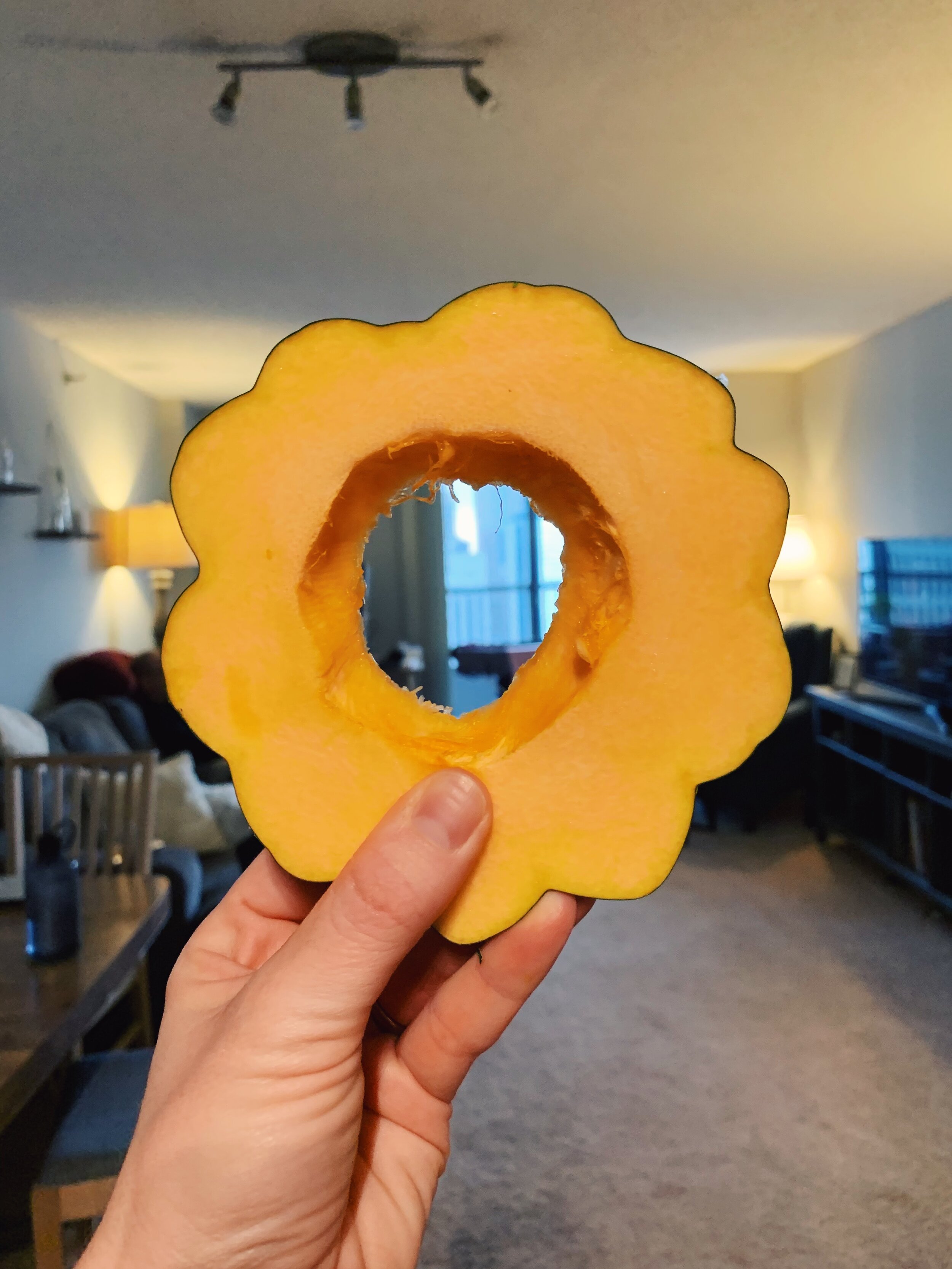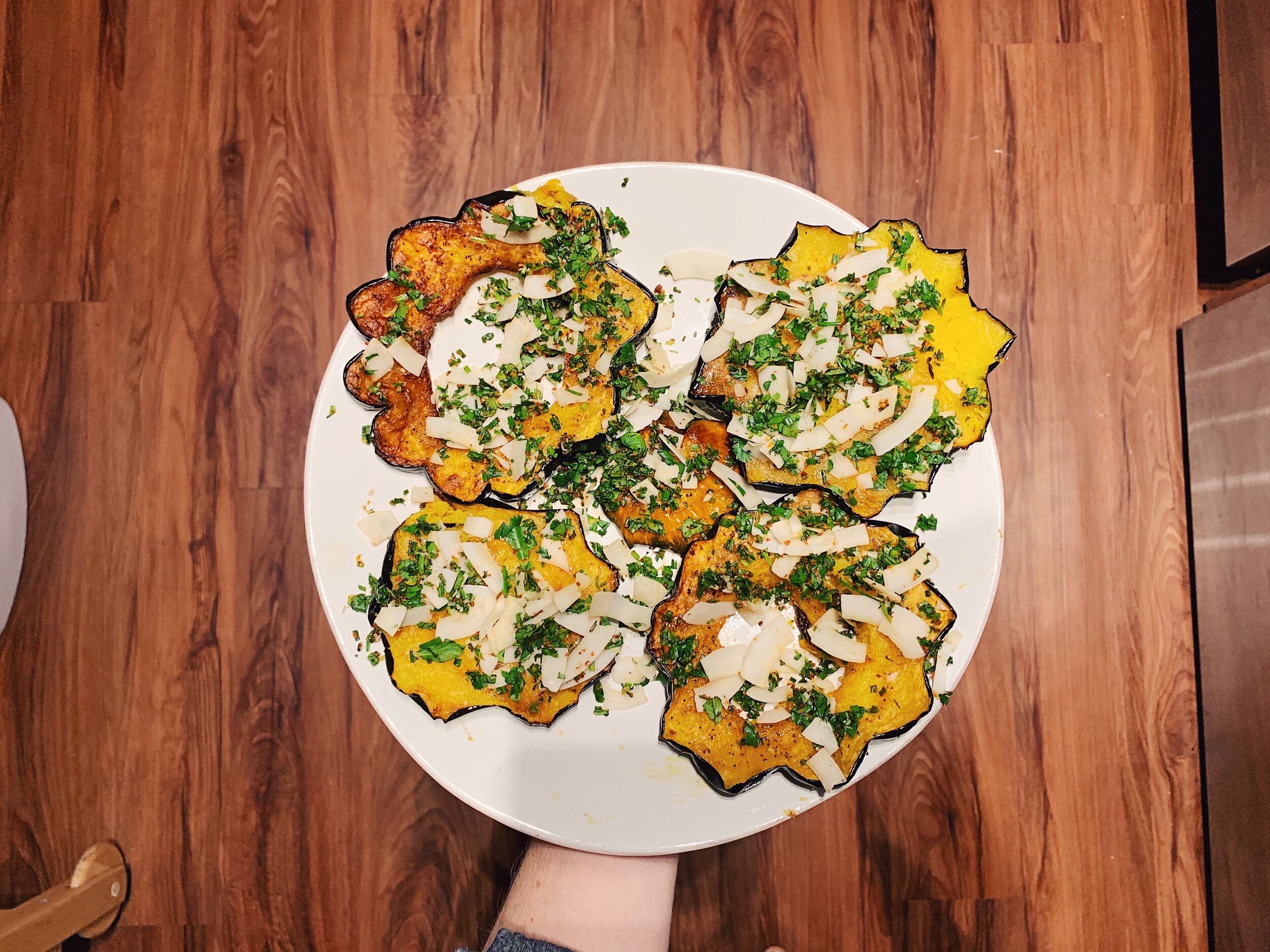Even though I’ve read most of the Old Testament, I still have very little knowledge of Jewish culture, much less Jewish food. But I do have much admiration for Jewish culture, particularly its veneration of tradition. I often wish I grew up in a culture that placed more value on traditions and rituals. I imagine that feels very grounding. Matzo is made of unleavened bread, which is why matzo brei is commonly eaten during Passover (talk about tradition!). Matzo crackers (or “boards,” as Alison calls them) seem to be available in most grocery stores and usually come in a pack of ten or so. They resemble a giant saltine.
Earlier this year, Alison published her matzo brei recipe in A Newsletter and A Home Movie. There are some differences, particularly in the instructions, between her recipe online and in the book. The one online gives more specifics about how long to let the matzo boards soak in water and in the eggs. It also tells us to break the boards into quarters before soaking, whereas the book tells us to soak them whole. After reading through both side by side, I chose to mostly follow the online version. My guess is that the online version is more refined, giving us more specific instructions for success. Ultimately, I have zero frame of reference for what matzo brei should look or taste like, so I went with my gut here. The first step is to pseudo-caramelize and frizzle thinly sliced onions. I say “pseudo” because we seem to be aiming for something both tender, browned, and slightly crunchy around the edges. I found it necessary to continually lower the heat of my stove to achieve this. Setting the cooked onion aside, I then broke the matzos into quarters and soaked them in hot tap water for about 40 seconds. Alison’s book instructions tell us to soak them for “a few seconds” and her newsletter instructions say “60 to 90 seconds.” I split the difference, and let the texture guide me. I found this newsletter description most helpful in judging when to remove the boards: “They should feel pliable and soft without feeling soggy— like they were caught in the rain, not drowned in the ocean.”
After soaking in water, the matzos soak in beaten eggs. And this time, both recipes agree to let them soak for 2 to 3 minutes. Then, the whole mixture joins the onions over medium-low heat until the eggs are just cooked through, another 2 to 3 minutes.
Following the book’s recommendations, I topped both plates with sour cream and applesauce, instead of sour cream and chives. Both, I’m sure, are delicious. Like I said, I have absolutely nothing to compare with this matzo brei. But I enjoyed it! It’s hard not to like eggs, onions and crackers (though I would never have thought to combine those three things before). The apple sauce was surprisingly pleasant, balancing out the saltiness of everything else.
198 recipes cooked, 27 to go.







